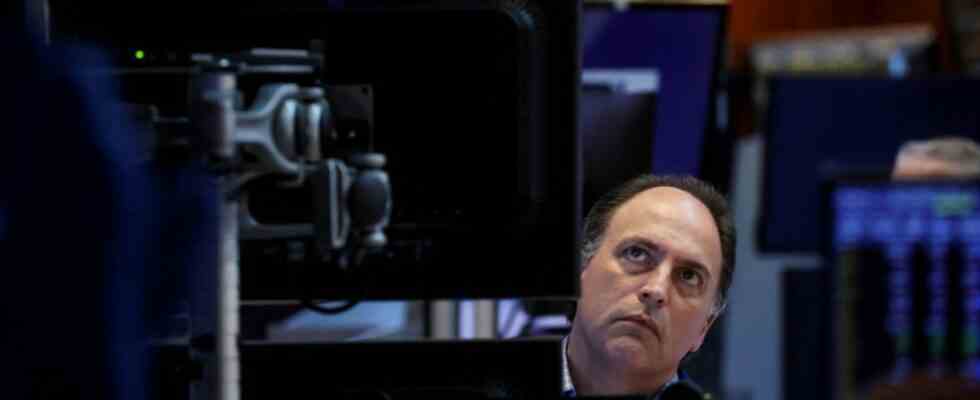Perhaps the very word of the price rally shows that this is dangerous business. Anyone who shoots forward at a completely excessive speed, as in motorsport rallies, can also fly out of the curve quickly. The shareholders experienced no less on the stock exchanges at the beginning of this week when the situation simply slipped away from them.
Despite the gas crisis, inflation and economic worries, the major leading indices have been rising since mid-July at the latest. In terms of counters, the 1000-point rally in the German leading index Dax was even convincing. But if you looked closely, you could see problems for weeks: investors in the leading German index let themselves be lulled by supposedly good company figures, underestimated the persistence of the central banks and simply pushed all gas worries aside. Or to stay in motorsport: The investors simply accelerated on the stock exchange, but without a helmet and speedometer.
The company profits of the second quarter of all things provided many investors with the necessary fuel for the four-week summer rally. In fact, statistics have shown that 78 percent of the companies in the US leading index S&P 500, which sets the tone worldwide, were able to exceed the expectations of bank analysts. In the end, however, that one number was enough for investors to jump on and make it the bedrock of the rally.
Disregarded the signs
Many investors criminally ignored the fact that many companies had long been selling less and were only able to keep their profits up with the trick of lavish price increases. The fact that almost every fourth company in the Dax issued a warning of falling profits was mostly ignored by the stock market professionals.
The traders also ignored all sorts of other warning signals: on many winning days in the Dax, noticeably few shares changed hands, so that despite green prices there was no question of great buying conviction. With Apple, Amazon, Tesla and Microsoft, only four companies delivered more than a third of the price gains in the S&P 500. There were also many price gains only because hedge fund managers of all things gave up their bets on falling prices at some point for cost reasons – and had to buy billions in shares to do so.
At the beginning of this week at the latest, it became apparent how wrong the summer rally was on the floor. When earnings season was over and weeks of hedge fund buying had died down, investors were left with only two wildly unfulfilled hopes. First, the marketers hoped, the US Federal Reserve might not be able to raise interest rates as much as expected in the fight against inflation, and thus make equities less competitive. And secondly, inflation could also miraculously collapse in September, so that the money keeper would simply no longer need to act.
In both arguments, the wish must have been the father of the thought. After all, many US central bankers had already signaled that they intend to continue to take harsh action against inflation in the future. Even at the important meeting of central bankers in Jackson Hole these days, the money watchers are unlikely to give a signal.
Inflation is also unlikely to subside as quickly as many stockbrokers long for in the make-a-wish mode. While the rate of inflation in the USA eased slightly in July, mainly due to lower petrol prices, rents in the country rose, which, once agreed, will eat away at people’s purchasing power for years to come.
In the end, investors on the stock exchanges are left with no prospects in the short term: the euphoria about the supposedly good company figures for the second quarter has evaporated, and the large hedge fund purchases on the market are becoming fewer. When it comes to central banks, investors have simply suppressed the facts, and at the same time many traders have not yet taken the sharply increased electricity prices into account. In the best case, the stock exchanges will now reach a stable side position.

